 thanassis.com
thanassis.comMy other sites |
New Summer Look :)
| Java is a: - Simple, - Object Oriented, - Distributed, - Interpreted, - Robust, |
- Secure, - Architecture Neutral, - Portable, - High Performance, and - Dynamic programming language |
|
 |
- Has a small set of Language Constructs - Borrows the C and C++ syntax - Is free from pointers - Uses garbage collection for memory management - Does not use header files and preprocessors |
 |
- Not hybrid like C++ - Supports the basic notions of OO: - Abstraction - Modularity - Encapsulation - Hierarchy- Typing - Concurrency- Persistance |
 |
-Works on a variety of platforms - Provides support for: networking ,internet, Remote Method Invocation, Corba |
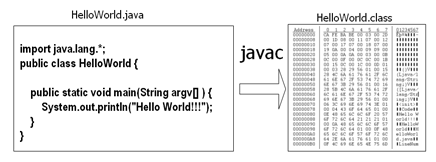 |
- The Java Compiler generates bytecode for a JVM - A Java Interpreter is needed to execute the bytecode |
 |
- Strictly Typed - Built-in exception and error handling - Built-in multi-tasking capabilities - Memory protection and management - Allows modular development - Extensive compile-time checking |
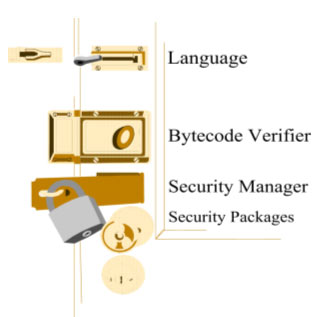 |
- The features of bytecode and its interpretation, prevent
unintentional or intentional sabotage of compiled programs - Security has been considered in many levels |
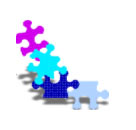 |
- Bytecode can run on any JVM on any platform - "Write Once run Anywhere" - JVM implementation on many platforms |
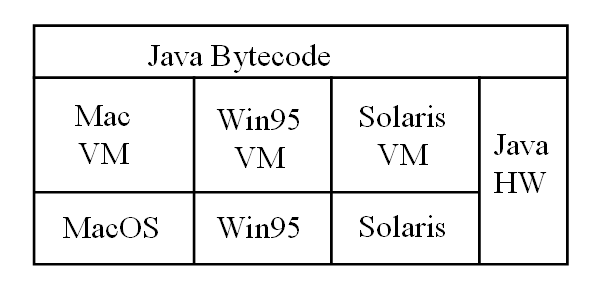 |
|
 |
- The bytecode runs on virtual machines (VM) on top
of different operating systems: MacOS, Windows95/98/NT/CE, Solaris,
OS2, Linux - It can also run directly on hardware |
 |
- Multithreading allows more than one task in a program - With JIT compilers the interpreted code compiles at run time and gives almost native code speed |
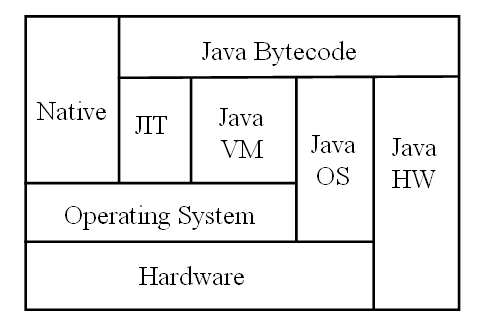 |
|
 |
- Late binding |
|
|